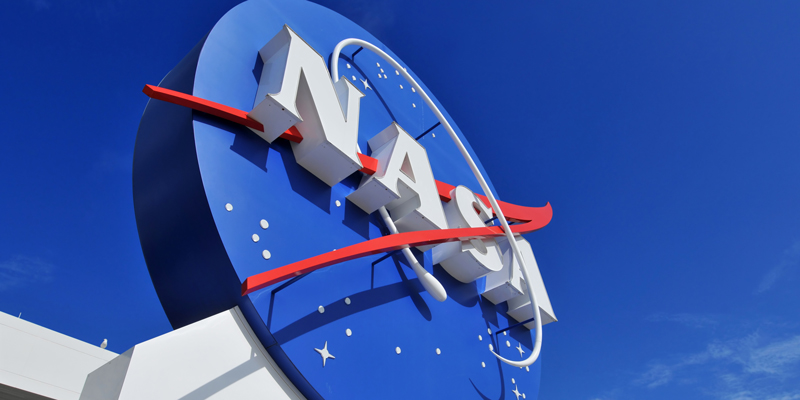Aaron Engelhart and Kate Adamala join NASA-funded team with the aim of finding the origins of life.

In pondering the big questions of life, few are bigger than, ‘Where did we come from?’ Aaron Engelhart and Kate Adamala are undaunted.
The two researchers in the Department of Genetics, Cell Biology and Development are part of the recently created Center for the Origin of Life (COOL) which aims to explore the origins of life by looking at mutualistic relationships between metals, molecules and minerals. NASA funds the COOL team in an effort to better understand how life came to be on our planet, as well as potentially figuring out if other habitable planets exist based on the chemistry that brought life into being here. For Engelhart, this will mean taking an in-depth look at the formation of proteins.
“All cells contain ribosomes, and the core of the ribosome where proteins are formed was frozen early in evolution,” says Engelhart. “Bacteria, insects and humans all share a common core. This is because protein synthesis is such a vital function for cells, and changing the core of the ribosome, which would be required for it to evolve, is likely to be lethal to cells. Our laboratory will develop tools to characterize ribosomes and their ability to synthesize protein as other groups in the center work to evolve the ribosome outside cells.”
In this endeavor, Engelhart, Adamala will work with colleagues from Georgia Tech, the University of Houston, the University of Akron and elsewhere to explore this field more in depth. In particular, the team aims to better understand how certain minerals and molecules could have chemically interacted as step toward better understanding the origins of life.
“The early Earth had a significantly different atmosphere than it does today, and it contained almost no oxygen,” says Engelhart. “As a result, iron, which quickly turns to rust in the modern atmosphere, was present in a soluble form in the oceans. We’re going to study how iron could have interacted with those primitive ribosomes.”
At the basis of this approach is the concept found by COOL member Loren Williams at Georgia Tech University that inanimate species, such as minerals and metals, can engage in mutualistic relationships. The members of the COOL team will work to gain a deeper understanding of what these relationships may have looked like before life began on Earth, with a particular eye to the ribosome and how biochemical reactions worked long before life sprung up on our planet.
“The ribosome is truly a molecular fossil. It’s a window to the emergence of life,” Engelhart says.
-Lance Janssen